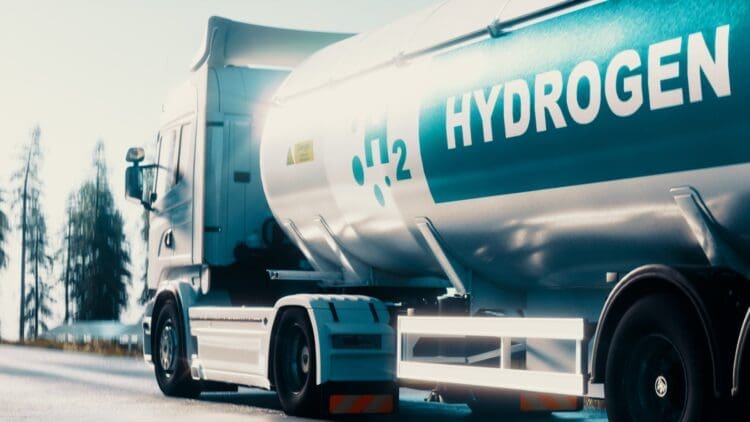As the world begins to embrace the renewable energy sector, EU delays in RED III have slowed hydrogen offtake agreements, stalling growth in the sector. In 2023, the EU Commission adopted the RED III plan that calls for raising the bloc’s renewable energy targets for 2030 by mandating the EU nations to adopt the hydrogen sector’s potential. While that has been welcomed by the nations around the world, the vast majority of EU nations have not done enough to implement measures that accelerate the adoption of the renewable energy sector.
Industry experts have warned the EU nations against not adopting the renewable energy sector into their grids
The world has become acutely aware of the apparent need to shift away from the traditional energy generation processes that have served humankind up until this point. To meet the calls for more renewable energy generation, the EU Commission established the RED III, which stands for the European Union’s Renewable Energy Directive III.
It serves as an updated legal framework for nations in the EU to adopt the renewable energy sector, with a prime focus on the hydrogen sector. Several industry analysts have lamented the slow adoption of the sector and have pointed out that more needs to be done to alleviate the pressure on electricity grids on the continent.
“There is a lot of news about cancellations, postponements, indecision and, above all, much negativity from people in the sector.” – Energy sector analyst Brais Armiño
The EU Commission has initiated legal action against states that have not met the required targets laid out in RED III
The main goal of RED III is to increase the share of renewable energy in the EU’s total energy consumption to at least 42.5%, with an additional aim for 45% by 2030. It also established a framework for nations to be penalized if they do not meet the agreed-upon targets for the adoption of the renewable energy sector.
In a move that has shocked the energy world, the EU has initiated legal proceedings against 26 EU member states for failing to transpose the Renewable Energy Directive III (RED III) into national legislation. The governments of those 26 nations have been issued formal notices and have two months to comply or face further legal steps.
RED III is seen as the cornerstone of the EU’s renewable energy and hydrogen integration strategy. As such, the nations that form part of the EU have a limited time to meet the required output for the sector, and if they fail to do so, the EU Commission may refer to the European Court of Justice and impose financial penalties.
Following the recent World Power-to-X Summit in Morocco, the hydrogen sector will see a rise in prominence that will surely lead to more nations investing in the sector. In a recent report from HydrogenEurope, the institution lays out the embrace of the legal framework of RED III.
“Hydrogen Europe supports the transposition of the target into national legal frameworks, favouring a coordinated system that imposes obligations on individual companies that consume hydrogen once the enabling conditions are met, such as the gradual development of infrastructure and the derisking schemes guaranteed by the Member States.” – HydrogenEurope report
Hydrogen remains the most viable energy source for the world of tomorrow
Despite the apparent issues faced by the sector, like the recent news that RWE has pulled out of a huge hydrogen project in Namibia, the hydrogen sector remains the most practical and viable form of energy generation for the world of tomorrow. The issues faced by the nations in the European Union are a cause for concern; however, there is a reason that the EU Commission implemented the agreed-upon targets for member states: decarbonization is the singular goal for the energy sector.





